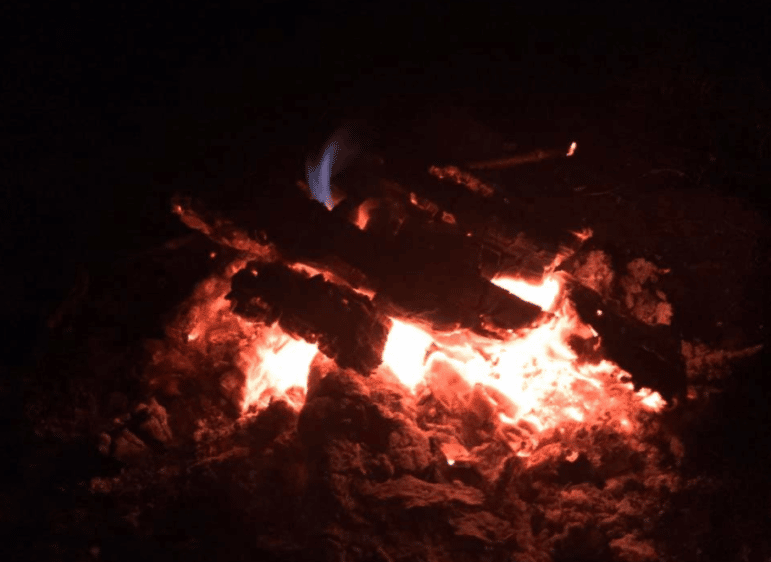
Lighting the Sacred Fire – May Fire Festivals and Prayers in Solidarity
Today we light our sacred fires across the country and indeed across many sacred lands, to stand with the Mashpee Wampanoag tribe for peace and right action. During this time of the Coronavirus the Mashpee have received notice of dissolution of their lands from the US Department of the Interior and have filed a court injunction. Arguments will be heard by the U.S. District Court for the District of Columbia by phone Thursday, May 7, 2020.
“The Mashpee Wampanoag tribal people have called this land home for over 12,000 years. Their history predates the United States and they were the tribe who welcomed the Pilgrims in the 17th Century. The Tribe fought the U.S. government for recognition for nearly 40 years before finally becoming a federally recognized tribe in 2007. However, they have remained landless.” – From Massachusetts Congressman, Joe Kennedy’s statement of support.
This call to action coincides with other significant events rooted in the traditions associated with lighting fires.
It’s no surprise International Workers’ Day, also known as Labour Day in some countries and often referred to as May Day (May 1st), was chosen for a celebration of labourers and workers. The beginning of May is a traditional time for the lighting of sacred fires across the world and truly a time of festivities for the people.
In the Celtic Wheel of the year, May 1 is the common observance day of Beltane, one of the High Holy Days of the Celtic calendar. Notably celebrated in the British Isles, Beltane is marked by a many days long festival culminating in the dance around the Maypole weaving brightly colored ribbons. The weaving is in honor of the marriage of the May King and Queen, or the God and Goddess of the Land and the fertility that expresses itself at the on-set of summer in flowers and trees, in birdsong and the dance of the sacred masculine and feminine. In present day Ireland, the festival is celebrated with the lighting of a sacred fire at the center of the Emerald Isle in the place where the ancient kings would have gone to be ‘married’ to the Goddess of the Land, Eiru. The early peoples of these lands believed the king could not rule well unless he was in service to the land and to the life-giving Mother Goddess. Fires are lit at each of the 8 major seasonal holidays of the calendar – the four Solar Festivals of Solstices and Equinoxes and the Cross-Quarter days that fall directly between them, also known as Lunar Sabbats. Beltane heralds the entrance to the Light Half of the Year, completing the first or Dark Half that began with the Feast of the Ancestors or Samhain, celebrated on October 31st, and is considered one of the most sacred festivals of the year.
May 3rd, is also a sacred day in Mesoamerican Cosmovision that can be celebrated with the lighting of a fire. CEE’s Scholar in Residence Geraldine Ann Patrick Encina explains:
May 3, 2013 (and not December 21, 2012, as miscalculated) was conceived by ancient Olmecs some three thousand years ago as the ideal date for the culmination of the great cycle of 13 Baktuns. This cycle—5,128 years and 280 days long—would be ruled by evening Venus heralding the waters over the western horizon of the Yucatan Peninsula on that May 3, 2013, or 4 Ajaw 3 Kank’in in the calendar system inherited by the Maya. Such event would provide most favorable omens for the Corn People to thrive in the 13 Baktun cycle unfolding. Evening Venus, the great wind deity, marks its agency as a bringer of rain clouds by appearing at its northernmost position around May 3. This appearance is so important that multiple temples and pyramids, built over thousands of years, were carefully aligned to May 3, including the Feathered Serpent Pyramid at the Citadel of Teotihuacan.
The great cycle of 13 Baktuns offered omens of abundance and fertility to the Corn People, that is, to both the Corn-Corn Deity and the Corn keepers who care for the seeds, observe the arrival of the rains and fulfill calendar-based ceremonies in harmony with entities of the natural world.
At the completion of the great cycle of 13 Baktuns one of the five Bacabs—deities as giant as the sacred Ceiba and upholders of the Sky and the Earth— lets go of its burden. For thirteen years, every May 3, the Corn People have the responsibility to present to Grandfather Fire what they no longer need for the new cycle. They will thus be prepared to accompany the Bacab in its standing ceremony on May 3, 2026, entering together a new cycle of abundance and harmony with Mother Earth, Grandmother Moon, Father Sun and Venus.
At noon of May 3, the Primordial Couple in the Pleiades fuse their beam of light with the Sun’s rays directly activating the baby corn stalks that have been helped by its caregivers to stand upright a few days earlier. This is a happy encounter between the heart of the sky, the heart of Earth and the heart of the Corn People. When sunset falls later that May 3, the favorite son of the Primordial Couple, born on day 9 Wind, brings the rains with his breath of life, ensuring abundant corn offspring six months later, on November 3.
Contributing authors:
Geraldine Ann Patrick Encina, Scholar in Residence
Shannon M.D. Smith, Communications Manager
